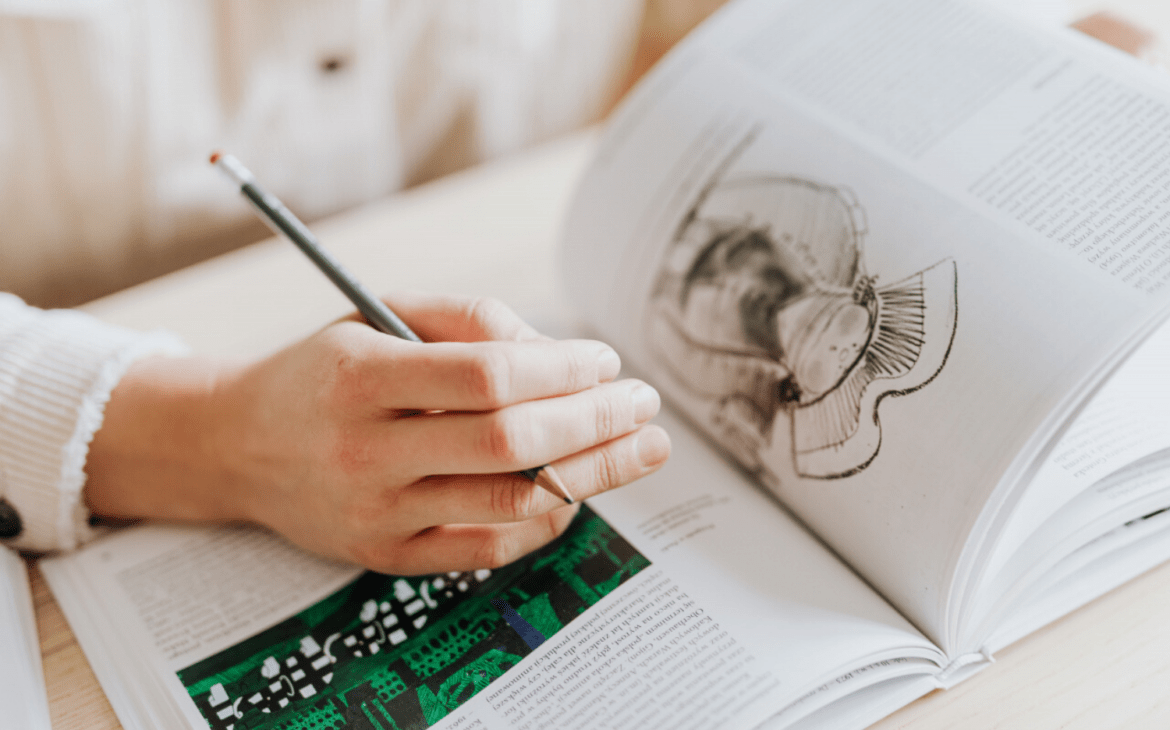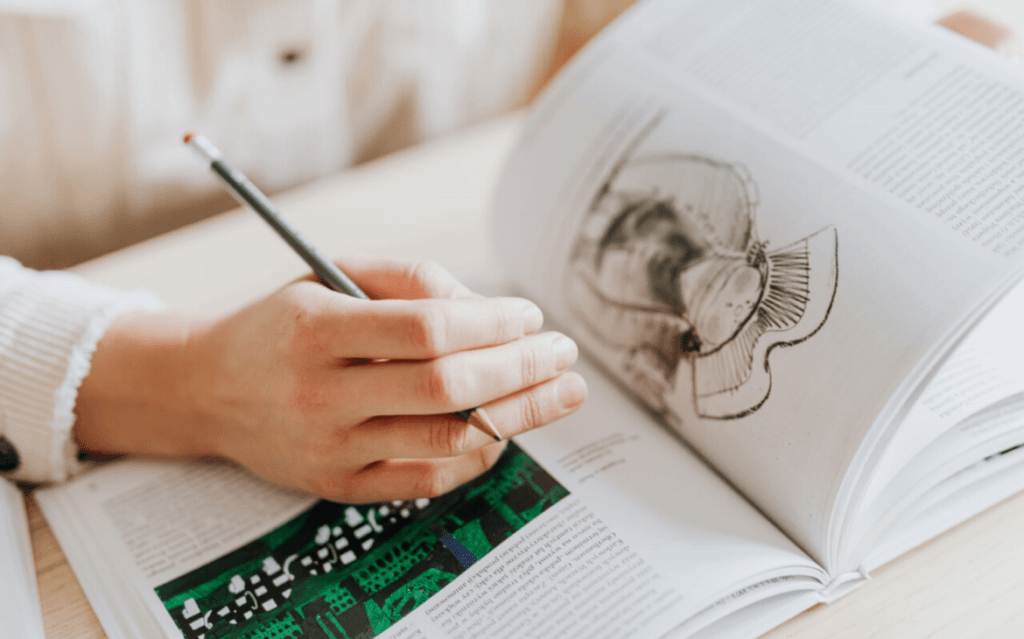As a student, you have likely faced the task of making notes from textbooks, either as part of your homework or for supplementary research. This is a common assignment that teachers often set to encourage independent learning. Particularly in demanding programs like the International Baccalaureate (IB), effective note-taking is essential, given the significant amount of self-study required.
The Importance of Independent Study
Classroom instruction only covers a fraction of the curriculum, and students frequently encounter exam questions on topics that were not explicitly covered in class. This underscores the necessity for independent learning. Yet, many students struggle with deciding what information to include in their notes and what can be omitted. This guide aims to provide a comprehensive method for taking effective notes from textbooks, tailored to various learning styles.
Common Mistakes in Note-Taking and How to Avoid Them
- Copying from the Textbook:
- Mistake: Transcribing the textbook word for word.
- Solution: Condense information by paraphrasing. Look for key terms, often highlighted by different formatting, and focus on these.
- Ignoring Important Information:
- Mistake: Failing to note down essential details.
- Solution: Pay attention to text formatting, such as headings and subheadings, and use them as cues for important content. Refer to your course syllabus or exam specifications to ensure completeness.
- Skipping Over Difficult Information:
- Mistake: Avoiding sections you don’t understand.
- Solution: Read the entire chapter for context, then revisit confusing parts. Use additional resources or seek help from teachers and peers.
- Over-Highlighting:
- Mistake: Highlighting too much text.
- Solution: Highlight sparingly, focusing only on critical information. Develop a color-coding system for better organization.
Steps to Start Note-Taking
- Determine What You Need to Know:
- Assess the specific topics you need to focus on, avoiding irrelevant sections.
- Read Before You Write:
- Read the assigned chapter thoroughly to understand the context before taking notes.
- Highlight Key Points:
- On a second read, skim and highlight only essential information. Use a color-coding system for better clarity.
- Prepare Your Note-Taking Method:
- Choose a method that suits you, such as the Cornell method, mind maps, or flashcards. Structure your notes using headings and subheadings from the textbook.
The Note-Taking Process
- Read and Note-Take by Sections:
- Break down your reading and note-taking into sections. Read a section fully, then make notes on it before moving to the next section.
- Write from Memory:
- After reading a section, close the book and write what you remember. This aids in information retention and encourages paraphrasing.
- Highlight Your Notes:
- Use the color code from your textbook to highlight key parts in your notes, making future review easier.
- Annotate Margins:
- Add extra information, personal insights, and questions in the margins. This helps deepen your understanding and provides a space to address any uncertainties later.
- Practice Exam Skills:
- Integrate exam practice into your notes by writing model answers or worked examples relevant to your subject.
- Write a Chapter Summary:
- Summarize the chapter in a few sentences. This reinforces what you’ve learned and provides a quick reference for future review.
Enhancing Your Notes
- Diversify Your Resources:
- Don’t rely solely on the textbook. Use other resources like revision guides, class notes, and online materials to gain different perspectives and fill in gaps.
- Organize Notes Using Textbook Layout:
- Use the textbook’s headings and formatting to structure your notes. This helps in maintaining a logical flow and makes important information stand out.
- Use Visual Aids:
- Incorporate flow charts, mind maps, graphs, and diagrams into your notes. Visual aids enhance understanding and memory retention.
- Utilize Abbreviations and Acronyms:
- Speed up the note-taking process by using abbreviations and acronyms. Create a key for these to avoid confusion later.
- Include Dates and Topics:
- For better organization, always note the date and topic at the beginning of your notes. This helps in chronological arrangement and easier navigation.
- Avoid Typing Notes:
- Handwriting notes is more effective for learning and retention compared to typing, as it forces deeper cognitive processing.
- Regularly Review Your Notes:
- Consistent review is critical for long-term retention. Schedule regular reviews to reinforce your memory and understanding of the material.
Conclusion
Effective note-taking is a skill that can significantly enhance your learning and academic performance. By avoiding common mistakes, following a structured note-taking process, and incorporating additional tips to refine your technique, you can turn your notes into a powerful study tool. With practice, these strategies will become second nature, helping you to learn more efficiently and effectively throughout your academic journey.







